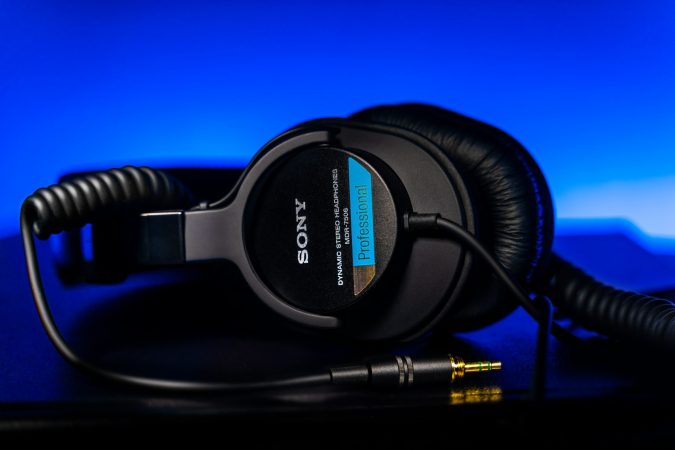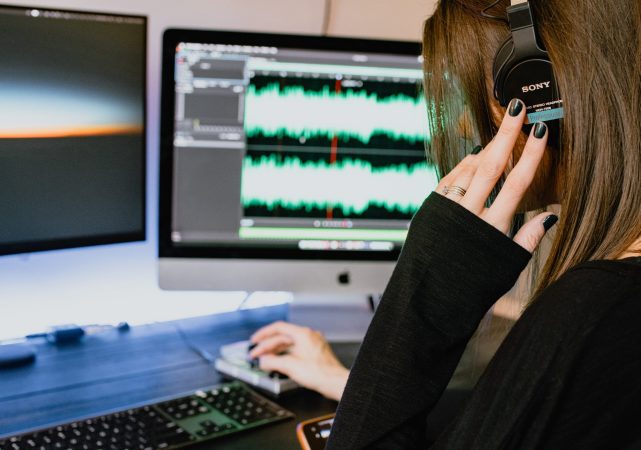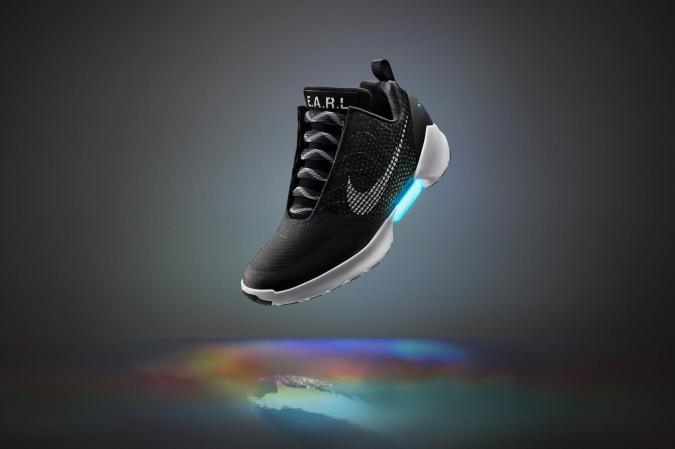

We may earn revenue from the products available on this page and participate in affiliate programs. Learn more ›
In 2019, 62 million Americans tuned in to podcasts weekly, a number that’s growing. You too can capture some of those ears. But no matter how good your banter is, audiences won’t subscribe if your audio is full of static or your voice echoes like you’re broadcasting from deep in a cavernous warehouse. No need to build a professional-grade studio to get smooth sound—just grab these basics.
Microphone
A knob on the back of Blue’s Yeti USB mic adjusts the sensitivity of the device’s internal sensors to let you pick one of four recording patterns. Cardioid focuses on one person, while bidirectional, stereo, and omnidirectional accommodate people anywhere nearby. There are also many other choices when it comes to the best podcast microphone, so check them all out.

Pop filter
Consonant sounds like buh and puh can create bursts of air called plosives that really boom into listeners’ ears. Neewer’s 6-inch studio pop filter—two layers of fabric inside plastic hoops—stands between your mouth and mic, dispersing air while saving your sound.
Listen to the latest episode of the Techathlon podcast

Headphones
Unlike most consumer headphones, which add bass to the playback, Sony’s MDR-7506s accurately convey whatever you record. A detachable quarter-inch adapter allows them to connect to both laptops and professional mixing boards, so you won’t need to buy a new set if you upgrade.

Soundproofing
Echoes can ruin a recording. The Monoprice Microphone Isolation Shield sits on your desk and surrounds your mic with textured foam that absorbs sound before it can become unwanted reverb. When it’s time to pack up everything, the padding folds to about 5.5 inches thick.
This story originally published in the Noise issue of Popular Science.















